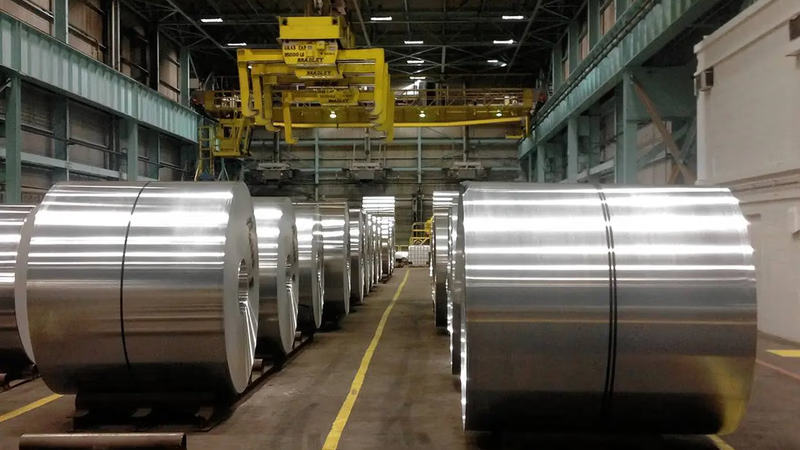
Aluminum foil: versatile material for packaging and insulation.
Aluminum foil is a thin, flexible sheet made of aluminum metal. It is commonly used for various purposes due to its unique properties and versatility. Aluminum foil has excellent barrier properties, providing a barrier against moisture, light, oxygen, and contaminants. This makes it suitable for preserving the freshness, flavor, and quality of food and other perishable products. Aluminum foil has good thermal conductivity, allowing it to efficiently conduct heat. This feature makes it useful for applications such as cooking, baking, and grilling, where even heat distribution is desired.
Aluminum foil is highly malleable, meaning it can be easily bent, shaped, and wrapped around objects of various shapes and sizes. This flexibility makes it convenient for packaging, covering, and sealing purposes. Aluminum foil is lightweight, making it easy to handle and transport. Its low weight also contributes to fuel efficiency and reduced environmental impact during transportation. Aluminum foil has high reflectivity, effectively reflecting radiant heat and light. This property makes it useful for insulation applications, such as lining walls, attics, and ducts, to enhance thermal insulation.
Aluminum foil is utilized for thermal insulation purposes. It can be used to line walls, ceilings, and floors to reflect heat and improve energy efficiency. It is also used in insulation systems for pipes, ducts, and HVAC equipment. Aluminum foil finds applications in various household and DIY projects. It can be used for crafting, art projects, and decorations. It is also handy for cleaning and polishing purposes, as it can help remove stubborn stains, polish metal surfaces, and protect objects during painting or other messy tasks.
Aluminum foil is sometimes used in electronics for shielding purposes. It can be used to create a barrier against electromagnetic interference (EMI) or radio frequency interference (RFI) by wrapping cables, components, or electronic devices. Aluminum foil is used in medical and pharmaceutical industries for packaging medications, sterilization, and maintaining product integrity. It provides protection against light, moisture, and oxygen, ensuring the stability and safety of pharmaceutical products.
Aluminum ore (bauxite) must first be extracted and then chemically refined through a waste process to produce a intermediate product, aluminum oxide (alumina). Alumina is then refined using the electrolyte process and converted to pure metal through the Hall-Heroult Process. Aluminum is 100% recyclable without losing its properties. The physical properties of aluminum make it light and shiny metal, strong, anti-corrosion, anti-spark, non-magnetic, non-toxic, and non-combustible. Due to the complexities of refining aluminum from stone, aluminum was considered rarer and more valuable than gold or silver for most of the nineteenth century.
As aluminum passes through the rollers under pressure, it becomes thinner and longer in the direction in which it moves. This simple process is the basis for the production of sheets, sheets, and aluminum foil. Aluminum sheets can be cut on the guillotine using a chainsaw with the correct blade, or some very thin aluminum sheets can be cut with a sharp blade or tin hooks. An aluminum sheet is easily formed or bent using hand tools. It is easy to make because sheet products can be welded with the right skills and equipment and can be easily connected using nails and other traditional fasteners. Aluminum foil drills are easy, and the devices that make aluminum foil make it an ideal choice for a wide range of projects.
- Aluminum foil can be recycled continuously:
Aluminum plate and sheet can be recycled continuously without losing their properties. Recycling aluminum plates and sheets save more than 90% of the energy needed in other ways to produce primary aluminum. - Highest Armor Performance Standards:
Grade aluminum sheet meets the highest US military performance standards. Aluminum armor can deflect around 0.50 caliber, causing other materials to puncture. - "Size" of aluminum foil:
The thickness of the aluminum sheet is from 0.008 inches to less than 0.25 inches. Aluminum foil less than 0.008 inches thicker than foil, and aluminum foil thicker than 0.25 inches thicker than aluminum foil. - Colder, stronger:
Aluminum foil is used for strong tanks in parts of the industry because some aluminum alloys withstand extremely cold temperatures.
The production of aluminum foil is usually the same as the plate method, but the foil is alternately twisted through the machine to reduce its thickness in the coil at the end of the line. These coils are repeatedly twisted and passed through several rolling machines. The coils may be heated in a furnace to soften them for colder rolls or to produce desirable mechanical properties. Cold roll is the last step for some sheets, but other types are exposed to much higher temperatures to increase strength.
Aluminum foil is the most widely used industrial type of this metal, which is used in cases such as aerospace (aircraft shell), transportation (car body sheet), packaging (objects and ends of cans), and construction (building facade). Be. It is also commonly used for lightweight construction, truck and trailer repairs, car body panels, enclosures, machinery, and a wide range of applications in construction, aerospace, and defense. In packaging, aluminum foil is used to produce cans and packages.
In transportation, aluminum foil is used to make panels for car bodies, trailers, and tractors. Aluminum foil is also used in home appliances and cooking utensils. Used in construction for items such as gutters, roofs, canopies. Aluminum foil can be painted from black to gold, red, blue, and hundreds of other colors. Aluminum foil is one of the most important and widely used products of aluminum metal. Aluminum with the atomic number 13 in the periodic table, after oxygen and silicon, is the most abundant element and the most common metal found in the earth's crust and makes up about 8% of the earth's crust. But it does not exist naturally as a metal.
Aluminum foil is widely used in food packaging to wrap, cover, and store food products. It helps maintain the freshness, flavor, and quality of food, protects against moisture and contaminants, and provides a barrier against light and oxygen. It is commonly used for wrapping sandwiches, covering leftovers, and packaging pre-cooked meals. Aluminum foil is used in cooking and baking for various purposes. It can be used to line baking pans and trays, preventing food from sticking and facilitating easy cleanup. It is also used for wrapping and grilling foods, as it helps retain moisture and heat.
-
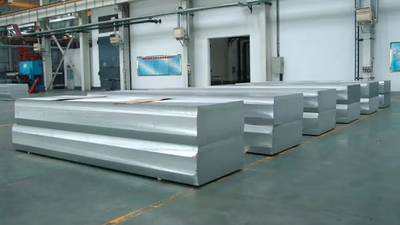
Aluminum slabs are thick, rectangular blocks produced through casting, serving as essential input for rolling mills. These slabs are rolled into thinner sheets or coils for various industries, including construction, automotive, and packaging. Their properties, such as lightweight and corrosion resistance, make them versatile for tooling applications and structural components. In the Middle East, aluminum slabs play a crucial role in steel production, particularly in manufacturing billets and slabs used in various steel products. The production process often involves electric furnaces, especially in Iran. Aluminum slabs are also integral to creating heat exchangers and can be further processed into extrusion billets for complex profiles used in architectural applications. The adherence to international standards ensures high quality and marketability of these products globally.
-
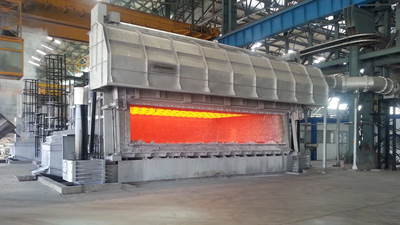
Aluminum features a face-centered cubic crystalline structure, providing strength and stability through metallic bonds. Its lightweight nature, combined with high strength, makes it comparable to steel in certain alloys. Aluminum"s natural oxide layer forms upon exposure to air, offering excellent corrosion resistance and self-repair capabilities. The metal is highly ductile and malleable, allowing for various manufacturing processes such as rolling and shaping into sheets or complex structures. Additionally, aluminum exhibits superior thermal and electrical conductivity, making it ideal for applications in heat exchangers and electrical wiring. Its recyclability is a significant advantage, requiring less energy than primary production while maintaining its properties. Overall, aluminum"s unique characteristics make it a versatile material in numerous industries.
-
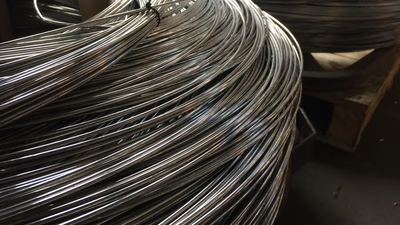
Aluminum wire serves as a cost-effective alternative to copper wire, primarily due to its lower production costs and abundance. Its lightweight nature simplifies handling and installation, making it ideal for large-scale electrical projects like power transmission lines. Aluminum wire is widely utilized in overhead power transmission and distribution systems, aerospace applications, and industrial settings. Despite having approximately 61% of copper"s conductivity, aluminum wire remains a reliable choice for various electrical applications when installed according to safety standards. The material"s thermal conductivity allows for efficient heat dissipation, while its availability from numerous suppliers ensures consistent access for projects. However, the use of aluminum wire in residential wiring has declined due to concerns about thermal expansion and connection reliability. Local electrical codes may impose specific requirements on aluminum wire usage, necessitating consultation with professionals for safe installations. Overall, aluminum wire"s advantages include cost-effectiveness, lightweight properties, and compatibility with other aluminum components in electrical systems. "
-

Aluminum foil is a versatile, thin sheet made from aluminum metal, known for its excellent barrier properties against moisture, light, and oxygen. This makes it ideal for preserving food freshness and quality. Its good thermal conductivity allows for even heat distribution in cooking and baking applications. The malleability of aluminum foil enables it to be easily shaped and wrapped around various objects, making it convenient for packaging and sealing. Additionally, its lightweight nature contributes to fuel efficiency during transport. Aluminum foil is also highly reflective, enhancing thermal insulation in construction and HVAC systems. Beyond food-related uses, it finds applications in electronics for shielding against electromagnetic interference and in the medical field for packaging pharmaceuticals. The production process involves refining aluminum ore into alumina before converting it into pure metal through the Hall-Heroult Process.
Notably, aluminum is 100% recyclable without losing its properties, saving significant energy compared to primary production methods. Aluminum foil"s diverse applications span from household projects to industrial uses in aerospace and construction. "
-
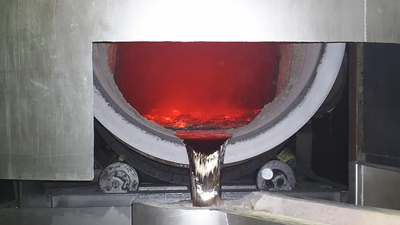
Aluminum is a lightweight, silvery-grey metal with the atomic number 13, known for its high strength and corrosion resistance. It is the most abundant metallic element in Earth"s crust, primarily extracted from bauxite ore. The extraction process involves refining bauxite to obtain alumina, which is then reduced electrolytically to produce aluminum metal. Aluminum"s low density makes it ideal for various applications across multiple industries, including transportation, construction, and packaging. Its excellent conductivity and recyclability further enhance its appeal as a sustainable material. Aluminum can be alloyed with other elements to improve specific properties such as strength and heat resistance, making it crucial in engineering applications like aircraft and rockets. Additionally, aluminum"s natural oxide layer provides protection against corrosion, allowing it to perform well in harsh environments. Its versatility extends to consumer products and electrical wiring, solidifying its status as one of the most important engineering materials today. "
-

Aluminum is a naturally occurring element and is not classified as toxic like lead or mercury. It is the third most abundant element in the Earth"s crust, and humans are exposed to small amounts through food, water, air, and medications. Regulatory bodies like the WHO and FDA have set guidelines for safe aluminum exposure. While small quantities are generally safe, excessive exposure can lead to health issues, particularly in occupational settings where airborne aluminum dust is prevalent. Prolonged exposure may result in respiratory problems and other health concerns. There are ongoing debates regarding aluminum"s potential link to neurological disorders such as Alzheimer"s disease; however, current research does not support a direct connection between everyday aluminum exposure and these conditions. Individuals with impaired kidney function may be at higher risk for aluminum accumulation, necessitating caution regarding exposure levels. Overall, while aluminum can pose risks at high concentrations or prolonged exposure, everyday contact through common sources is typically considered safe for most individuals. "
-
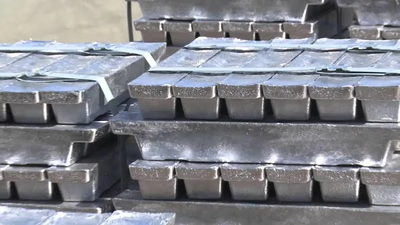
Aluminum prices are influenced by supply and demand, production costs, and global economic conditions. Factors such as mining availability, recycling, and geopolitical events can disrupt supply and lead to price fluctuations. Aluminum ingots, typically rectangular or cylindrical, serve as raw materials for various industries including automotive, aerospace, and construction. They can be alloyed with elements like copper or magnesium to enhance properties such as strength and corrosion resistance. The recycling of aluminum is energy-efficient, requiring only 5% of the energy needed for primary production. Different types of aluminum ingots include bullion (50-pound and 1000-pound), slabs, T-bar ingots, and billets, each serving specific industrial applications. The price of aluminum is also affected by market conditions, exchange rates, and the purity of the alloys used. As of recent data, aluminum is priced at $2,614. 67 per tonne.
-
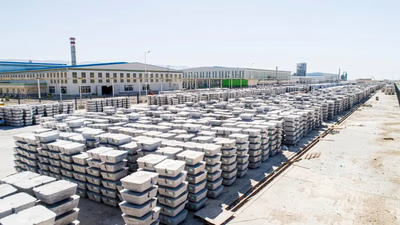
Aluminum products are diverse and widely used across various industries. Aluminum sheets and plates serve as flat, thin forms ideal for construction, automotive, and packaging applications due to their versatility. Aluminum extrusions, created by forcing molten aluminum through a die, allow for complex shapes used in window frames and furniture. Solid aluminum bars and rods provide strength for structural support in construction and manufacturing. Engineered aluminum profiles are designed for specific applications like modular structures and display systems, offering ease of assembly. Other forms include aluminum tubes and pipes for plumbing and HVAC systems, aluminum foil for packaging and insulation, and aluminum castings for intricate designs in automotive and aerospace sectors. Each type of aluminum product has unique properties that cater to different functional requirements, making them essential in modern manufacturing.
-
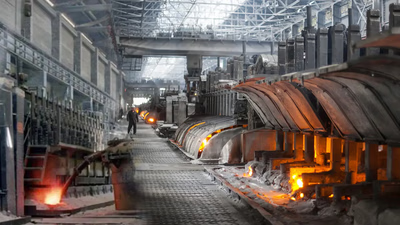
Ribbed aluminum foil, also known as embossed aluminum foil, features a textured surface created through a specialized rolling process. This unique pattern enhances heat transfer capabilities, making it ideal for applications in heat exchangers and thermal insulation. The raised ribs also facilitate moisture management, which is beneficial for packaging perishable goods and controlling condensation in industrial processes. Additionally, ribbed aluminum foil serves as an effective sound and vibration dampening material, commonly used in automotive interiors and acoustic panels. Its anti-friction properties reduce wear in sliding mechanisms and machinery. The thickness of ribbed aluminum sheets ranges from 1. 5 to 10 mm, allowing them to be easily shaped for various uses. Applications extend to construction elements like guardrails and flooring, as well as decorative purposes in crafts and packaging.
The textured surface provides improved grip, making it suitable for non-slip applications in food service and automotive sectors. Overall, ribbed aluminum foil is versatile with numerous industrial and creative uses.
-
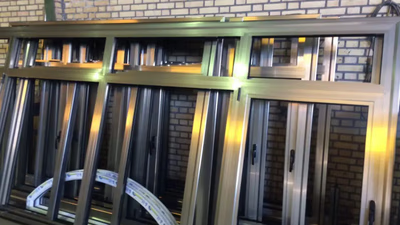
Aluminum is a versatile material widely used across various industries due to its lightweight, strength, and corrosion resistance. In the automotive sector, it enhances fuel efficiency and performance by reducing vehicle weight. The aerospace industry relies on aluminum for aircraft structures, while trains and ships utilize it to improve energy efficiency. In construction, aluminum is favored for its durability in buildings, bridges, and other structures. Its applications extend to electrical wiring due to high conductivity and in consumer goods like cans and kitchen utensils. Aluminum"s role in heat exchangers and electrical components further underscores its importance in HVAC systems and power transmission. The material"s recyclability also contributes to its demand in packaging and insulation. Overall, aluminum"s unique properties make it essential for modern manufacturing processes across multiple sectors. "
-
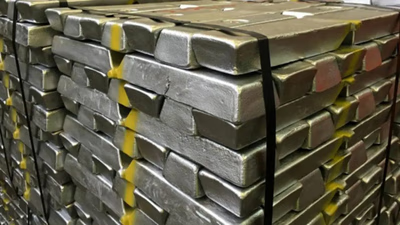
The naming of aluminum alloys is based on their alloying elements, proportions, and specific characteristics. Aluminum alloys are categorized into series, each defined by a primary alloying element. For instance, Series 1xxx consists of nearly pure aluminum, while Series 2xxx features copper as the main element. Each series is assigned a numeric designation that provides further details about the alloy"s composition and properties. Additional suffixes may indicate specific treatments or characteristics, such as strain-hardening or annealing processes. The ANSI and AA naming systems standardize these designations, ensuring clarity in communication among engineers and manufacturers. Understanding these naming conventions is crucial for selecting the appropriate alloy for various applications in industries such as construction, automotive, and aerospace. This knowledge aids in identifying the right materials for specific requirements and promotes effective supply chain solutions within the Middle East trade platform. "
-
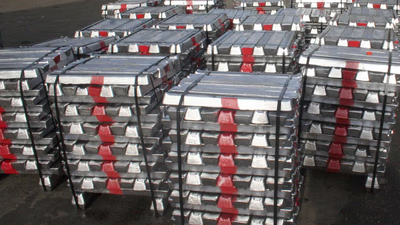
Aluminum ingot prices are primarily influenced by the balance of supply and demand, which is affected by economic growth, industrial production, and global consumption patterns. During economic upturns, demand for aluminum rises in sectors like construction and automotive, leading to higher prices. Conversely, economic downturns can reduce demand and lower prices. The cost of raw materials, particularly bauxite and energy prices, also plays a crucial role in determining ingot prices. Energy costs are significant due to the energy-intensive nature of aluminum smelting. Additionally, factors such as the size and dimensions of ingots, alloy types, thickness, final weight, and currency exchange rates further influence pricing. Trade policies including tariffs and import/export restrictions can disrupt supply chains and affect market dynamics. Market speculation also introduces volatility in short-term price fluctuations. Understanding these factors is essential for stakeholders in the aluminum industry to navigate pricing strategies effectively.












